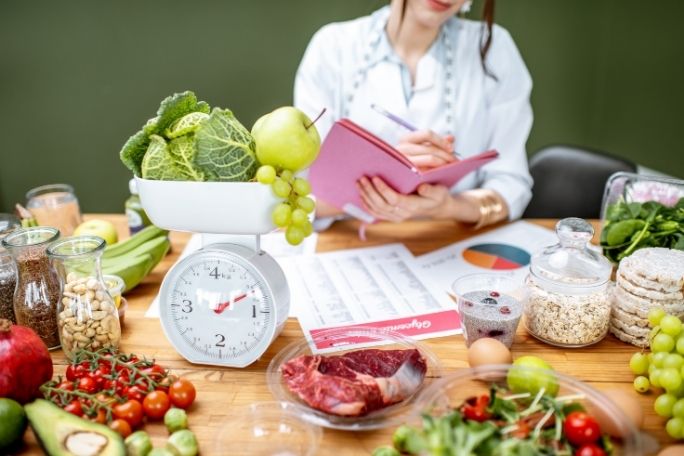Lesson summary
In this lesson, students will investigate low fat and ‘lite’ foods and look at the nutritional components of the products in these categories.
Students will apply their understanding of percentages to extract and analyse information from the Nutrition Information Panel so that they may compare similar products and make informed decisions about what they are eating. They will be working more specifically with the ‘Ave Qty per Serving’ section of the NIP and practising converting from whole numbers to fractions, decimals and percentages.
Learning intentions:
Students understand...
- what classifies a food as ‘low fat’ or ‘reduced fat’
- the difference between more than and times as many
- how to use collected information to draw conclusions and make informed choices
Success criteria:
Students can...
- use given information about ‘lite’ foods to fact check and draw conclusions
- use calculated percentages to make comparisons of the nutritional components of different products
- analyse the information collected from the NIPs to make informed and healthy decisions about what they eat
Lesson guides and printables
Lesson details
Curriculum mapping
- This lesson is part of the wider unit of work SugarByHalf – Math – Years 5-6
- Time required: 70 mins
- Level of teacher scaffolding: Medium – facilitate class discussion and activities
To view our Australian Curriculum alignment click here
To view our NZ Curriculum alignment click here
Resources required
- Calculator
- Selection of 5-6 food products and their ‘lite’ counterparts
Additional info
These lessons were developed in partnership with SugarByHalf and the Australian Dental Association.
SugarByHalf promotes action to reduce sugar-related diseases so that we can live better, stronger and healthier lives.
Their message is simple: to reduce added sugar consumption by half. Eating too much added sugar is a key driver of serious health problems including obesity, type 2 diabetes, heart disease, tooth decay, dementia and mental health conditions. A poor diet also puts children behind their peers, affecting brain development, sleep and ability to learn. Poor diet choices ultimately mean that this generation of children could be the first in modern history to live shorter lives than their parents.
Much of the added sugar in our diet comes from the processed foods and drinks we consume. On average, we consume 14-16 teaspoons of added sugar per day. Teenagers consume more than 20 teaspoons per day. The World Health Organisation says we should limit our daily added sugar intake to 6 teaspoons for good health. To put that in perspective, there are 4 grams of sugar in one teaspoon. If something has 20 grams of sugar, that's 5 teaspoons of sugar.
This English lesson focuses on developing the skills and knowledge students need to critically consider messages about food and drink they are exposed to, thereby equipping them to be able to make healthy choices.
Talking about health
- Be mindful of students who may experience weight stigma. Some students may be sensitive to conversations around weight, body size or shape. Terms including obesity, weight issues, weight-problem and fat can be stigmatising for some people because they assign blame. It is important to note individual preferences around language vary. Research has shown using the terms ‘weight’, ‘weight gain’, ‘healthy weight’, ‘unhealthy weight’, and ‘high BMI’ are preferred as better alternatives.
- Be mindful about how you use the word ‘diet’. We recommend focussing students on the positive impacts of healthy nutrition and healthy lifestyles which help us to have stronger bodies and minds, feel good and sleep well.
- Steer students away from any focus on appearances by communicating that appearance does not determine your worth. We recommend the fact sheets from the Butterfly Foundation on body image tips.
- Avoid using labels such as obese or diabetic. Refer to people living with diabetes, people living with cancer, people with high BMI etc


Welcome back!
Don't have an account yet?
Log in with:
By signing up to Cool.org you consent and agree to Cool's privacy policy to
store, manage and process your personal information. To read more, please see
our privacy policy here(Opens in new tab).
Create your free Cool.org account.
Many of our resources are free, with an option to upgrade to Cool+ for premium content.
Already have an account?
Sign up with:
By signing up to Cool.org you consent and agree to Cool's privacy policy to
store, manage and process your personal information. To read more, please see
our privacy policy here(Opens in new tab).